TL;DR
- Employee relations involve managing relationships between employees and employers for a positive work environment.
- Key strategies include clear communication, conflict resolution, employee recognition, feedback culture, and work-life balance initiatives.
- Real-world examples like Google’s open communication and Salesforce’s equal pay initiative highlight the impact of strong employee relations.
- Employee relations lead to increased engagement, better performance, and improved retention.
- Measure success with employee satisfaction surveys, turnover rates, and engagement scores to refine strategies.
Introduction
Employee engagement is at an all-time low, with 51% of workers feeling disengaged and 13% actively disengaged. The latter group isn’t just disconnected; they’re unhappy and spread negativity to their colleagues, making a toxic atmosphere. This stark contrast between engaged and disengaged workers highlights the significant gap and underscores the importance of addressing it.
So, what can you do to boost engagement? It starts with creating a work environment that employees enjoy. You can’t just expect employees to be motivated or enthusiastic on their own. Without clear strategies to boost engagement, you’ll continue to see those disengaged numbers rise.
This blog will guide you through effective strategies and examples that can strengthen your employee relations efforts and improve your organization’s overall performance.
What Are Employee Relations?
Employee relations isn’t just about solving problems when they arise. It’s about building a framework for positive interactions that enhances the overall working atmosphere.
The key areas of employee relations involve:
- Communication channels: Clear and transparent communication fosters trust.
- Conflict management: Quick and fair resolution of disputes prevents escalation.
- Workplace culture: Creating an inclusive environment helps employees feel supported and valued.
By focusing on these areas, you can set the stage for long-term success in managing employee relations.
Strategies for Effective Employee Relations

Building a culture of open communication and addressing conflicts early on can go a long way. Let’s explore some strategies that will help you maintain strong employee relations.
1. Clear Communication
Good communication lies at the heart of positive employee relations. Keep employees informed about company policies, changes, and expectations. Create open channels where employees feel comfortable voicing their concerns. When employees feel heard, they are less likely to experience frustration.
2. Conflict Resolution
Conflicts are inevitable in any workplace, but how you handle them makes all the difference. Provide training for managers and HR personnel to effectively address disputes. Implement a structured process for conflict resolution that is fair and transparent. This helps both the employee and employer find common ground.
3. Employee Recognition Programs
Acknowledging employees’ contributions boosts morale and strengthens relationships. Recognize achievements, big or small. It doesn’t always need to be a large reward; simple appreciation can make a significant impact.
4. Feedback Culture
Encouraging continuous feedback helps employees grow and keeps lines of communication open. Regular check-ins and surveys allow employees to express their thoughts and suggest improvements. This gives employees a voice in the workplace and demonstrates your commitment to their success.
5. Work-Life Balance Initiatives
Employees perform better when they have a healthy work-life balance. Offer flexible working arrangements, wellness programs, and support for personal growth. By showing that you value employees’ well-being, you build trust and respect.
Each of these strategies is a building block for fostering strong employee relations. The next step is understanding how these strategies can be tailored to your specific business needs.
Key Examples of Employee Relations in Action
These real-life examples can inspire HR professionals like you to take action and develop your own employee relations initiatives.
1. Google’s Open Communication Culture
Google is known for its open-door policy and transparent communication. Leaders at Google hold regular “TGIF” meetings where employees can ask questions directly to executives. This kind of openness builds trust and a sense of belonging.
2. Salesforce’s Equal Pay for Equal Work
Salesforce has implemented a comprehensive initiative to ensure equal pay for all employees, regardless of gender. This initiative not only boosts employee morale but also demonstrates the company’s commitment to fairness and transparency in its employee relations practices.
3. Zappos’ Customer Service Culture
Zappos takes employee relations to the next level by promoting a culture of care. Zappos employees are empowered to go above and beyond to support customers, and the company fosters this by offering a supportive environment for its workers. When employees feel valued, they’re more likely to put in the effort to deliver outstanding results.
These examples show the power of strong employee relations in action. They reflect companies that have built lasting relationships with their employees, resulting in better overall performance and employee satisfaction.
Why Employee Relations Matter

Understanding why employee relations matter will help you appreciate the long-term benefits of investing time and resources into building strong relationships with your employees.
Increased Employee Engagement
Employees who feel supported are more likely to be engaged with their work. They are more productive, take fewer sick days, and stay with the company longer. Engaged employees contribute to a positive workplace atmosphere and help achieve business goals more efficiently.
Improved Employee Retention
By resolving issues early and addressing concerns proactively, employee relations programs reduce turnover. Employees are more likely to stay with a company that values them, listens to their needs, and fosters growth.
Better Performance
When employees feel connected to the company’s mission and values, their performance improves. Positive relationships encourage collaboration and innovation, driving business success.
Measuring the Success of Employee Relations
Measuring the success of your employee relations efforts helps you refine your strategies and understand what’s working best for your team.
Employee Satisfaction Surveys
Conducting regular surveys allows you to measure employee satisfaction and identify areas for improvement. Use this feedback to make informed decisions and address concerns quickly.
Turnover Rates
Track employee turnover and exit interviews to understand why employees leave. High turnover rates can signal that there are underlying employee relations issues that need to be addressed.
Employee Engagement Scores
Many companies measure employee engagement through pulse surveys or other tools. High engagement scores indicate that your efforts to improve employee relations are paying off.
Tracking these metrics helps you refine your strategies and maintain a strong, supportive environment for employees.
Conclusion
Improving employee engagement is an ongoing effort that requires attention to their needs, growth, and workplace experience. When employees feel valued, supported, and empowered, engagement naturally increases, leading to better productivity, retention, and a positive work culture.
If you’re looking for the right tools to boost engagement, TeamLease can help. Our platform offers access to over 450 HR technology solutions, customized to suit your company’s size, industry, and goals.
Contact us today to see how we can help you enhance employee engagement and create a lasting impact in your organization.
FAQs
Q: What is employee engagement, and why is it important?
A: Employee engagement refers to how connected and invested employees feel in their work. It’s essential because engaged employees are more productive, stay longer at their jobs, and contribute to a positive workplace culture. Without engagement, morale and productivity drop, hurting the organization’s success.
Q: How can I improve communication within my team?
A: Set up regular check-ins, encourage open dialogue, and ensure employees know they can speak up without fear of retribution. When people feel their voices matter, they’re more likely to stay engaged and contribute meaningfully.
Q: What should I do if employees aren’t responding to recognition?
A: Take a step back and ask if the recognition is meaningful to them. Not all employees appreciate praise the same way, so understanding their preferences can help make the recognition more impactful.
Q: How do I handle conflict between employees?
A: Address conflicts early, listen to both sides, and aim for a fair solution. Clear communication and a transparent approach can prevent small issues from turning into bigger problems.
Q: How can I measure if employee engagement is improving?
A: Use surveys to gauge satisfaction and engagement. Also, look at turnover rates and performance metrics. Positive trends in these areas usually indicate better engagement.







